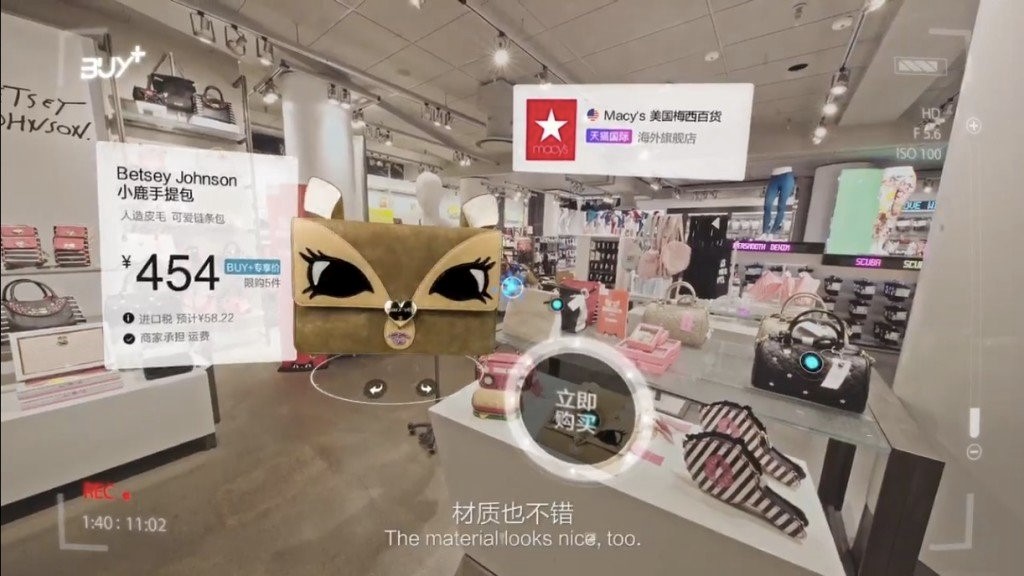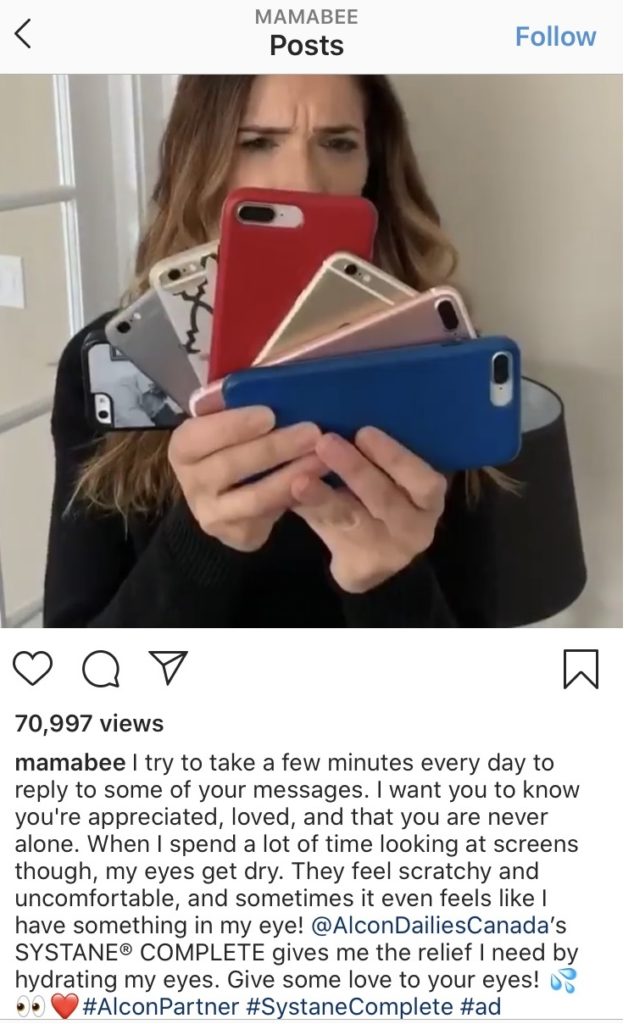Table of Contents
The total value of global retail e-commerce sales surpassed $4.2 trillion in 2020.
The e-commerce world has cutthroat competition, with so many stores operating globally and trying to outdo others.
With the setback that the COVID-29 pandemic had on sales, online shopping came out as a winner, with global retail trade rising from 14% in 2019 to about 17% in 2020.
To survive, they must find ways to keep their customers happy and satisfied.
Many e-commerce stores are continually pushing their boundaries by coming up with innovative ideas and keeping up with the latest trends. They should be aware of “what’s in” and what they need to get rid of. Waiting for implementing changes will only make you fall behind.
In this article, we will discuss some of the latest retail trends in e-commerce for the year 2021.
Mobile commerce
Who does not use smartphones in 2021? Well, there may be a few percentages of people.
Smartphones have completely changed the way we shop. First, it was e-commerce that required you to have a computer. With mobile commerce or “m-commerce,” shopping is now possible from the palm of your hand.
Already more than 50% of people shop online using mobile devices. That is not going to stop in 2021. In fact, expect the trend to grow more.
This has made retail companies optimize their store for mobile devices with mobile responsive web design, mobile payments, and apps.
Integrated payment mode
With the boom in m-commerce, many e-commerce stores are adding better and more payment options.
Multiple payment options, like Apple Pay, PayPal, Alipay, etc., will facilitate effortless checkout.
We can expect online retails to introduce an integrated payment mode to enable faster and easier checkout for customers across the world.
AR & VR technologies
Unlike offline retail, you cannot physically see the product in online retail. That is one of its major disadvantages.
High-quality images and videos can only help you much, but it is an entirely different experience to see the product physically.
Augmented Reality (AR) and Virtual Reality (VR) help in this case.
AR and VR make it possible for customers to “try” the product. Sure, it is still not the same as physically seeing the product. However, it is much better than seeing just images and videos.
For example, IKEA uses AR technology in their app that lets customers test out how furniture will look in their home.
Sephora also utilized AR. Its AR tool, “Virtual Artist” lets customers try on products digitally.

Alibaba introduced VR shopping store Buy+ where customers can shop just like they do in a retail store.

Artificial Intelligence
AI’s impact on e-commerce is vast.
From voice assistance to visual search to chatbots to personalized suggestions, you will find AI in every nook and cranny of an e-commerce website.
To put it simply, AI makes shopping faster and smarter.
Customers prefer these kinds of assistance instead of waiting for a customer executive that will take time.
Voice commerce
With the emergence of voice assistance technology, voice commerce is expected to see growth in the coming years.
Voice commerce enables faster shopping as customers can use voice commands to search and buy products online, making shopping completely hands-free!
All they need is a mobile device or smart speaker and voice-controlled AI assistance. Many such virtual assistants are available, such as Amazon Echo, Google Home, and Apple Homepod.
Influencer marketing
Getting celebrities to promote products used to be a big trend. However, social media’s surge has impacted how products are now advertised.
People spend a lot of time on social media. So, there is no doubt that online retailers are utilizing the power of the platform to market their products.
There are many non-celebrities in recent times who have gained more traction on the platforms than celebrities.
People tend to trust and relate to these social media influencers more than anyone. The influencers have a large following. They engage with their followers more than celebrities do.
Influencer marketing is the new trend that e-commerce has adopted. The brands pay these influencers to post about their products.
You have to find the right social media influencer (Instagram is the hotspot for influencers) with a good follower base. And more recently, the short-video social media application Tiktok is a hit among younger generations. Many brands have leveraged the influencers in the platform for their marketing. Similarly, marketing and reviews on YouTube have also seen a considerable increase over the years.
Make sure to find influencers who are more in line with your product than just finding anyone with fans. For example, to promote make-up products, it will be better to find someone who is into make-up and does regular tutorials for their followers.

Environmentally conscious
Customers, especially millennials, are more into sustainable products that they are willing to pay more.
With that in mind, many e-commerce stores are trying to go green.
Using minimal or recycled materials for packing to reduce waste and promoting eco-friendly products, they are trying their best to be environmentally conscious.
There is still a long way to go to make it completely realistic, but it is not impossible.
We can expect a lot more sustainability-focused e-commerce management in the future.
Wrapping Up
These e-commerce trends discussed have already been implemented and tested by many online retailers. However, their impact is expected to grow more in the coming years. They are here to stay.
Which one do you find worth checking out? Are there any other particular trends that worked for you? Or do you think we missed out on anything? Comments are open for you!
